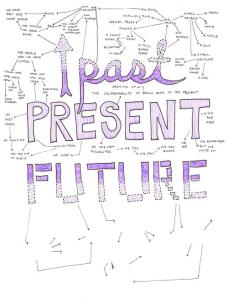I came across this commentary by Global Business Network, which illustrates how hard it is to change our beliefs.
There was a 1701 map of North America by a Dutch cartographer called Herman Moll. California is shown as an island. Moll produced the map based on reports from Spanish explorers, who travelled up the western side of the Americas to the tip of today’s Baja Peninsula. Around 1635, the Spanish had sailed further north to Puget Sound. It seemed logical to the cartesians then to connect the northern and southern points, and the Isle of California was born!
Years later, some missionaries landed to go inland to bring the Word of God to the American Indians. Relying on Moll’s map, the missionaries disassembled their boats, packed them on mules, hauled them across California, up the Sierra Nevada mountain range, and down the other side – only to find no beach but just a lot of sand that went on, and on, and on. They finally realized they were in the middle of a desert.
They then wrote to the Spanish map-makers, saying, “There’s no Island of California; your map is wrong!” The map-makers replied, “No! You’re in the wrong place; the map is right!” The Spanish finally changed their maps in 1685, while Herman Moll continued to defend his Isle of California until 1721.
The point is: if you get your facts wrong, you get your map wrong. If you get your map wrong, you do the wrong things. Once you believe a map, it is very, very hard to change.
Everyone has deeply ingrained maps, especially successful executives. However, the map that got them to the top is unlikely to be the map that they need for the future.
People, especially top executives, need to be able to ask themselves difficult and often painful questions about how the future might be different from the recent past. Failure to do so would be failure to anticipate the future, which is the most common reason for fatal outcomes for organisations and campaigns.


